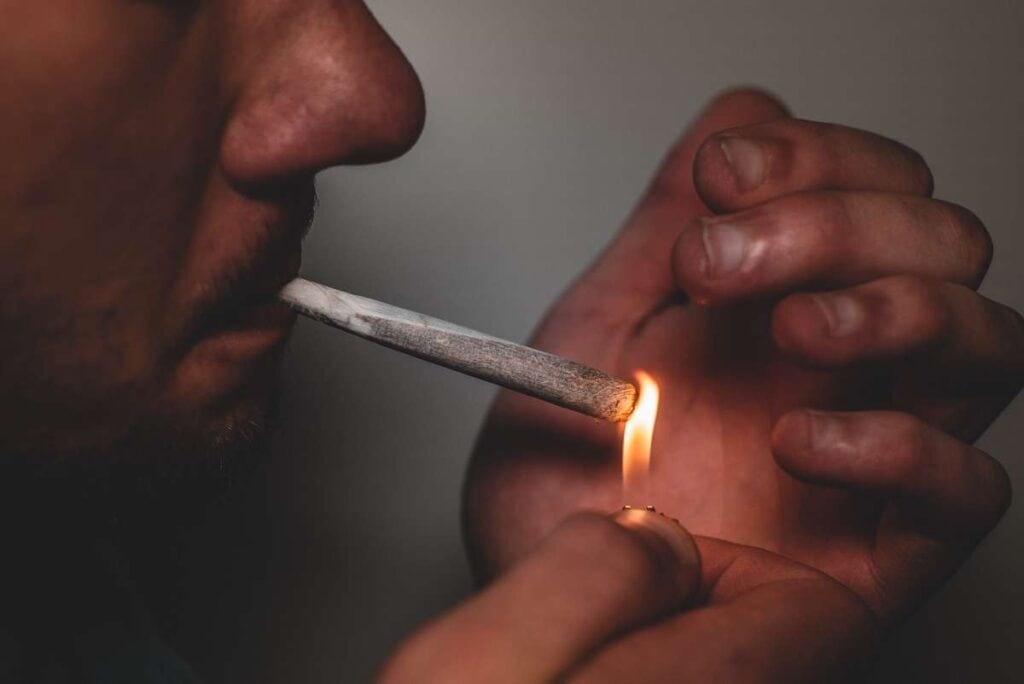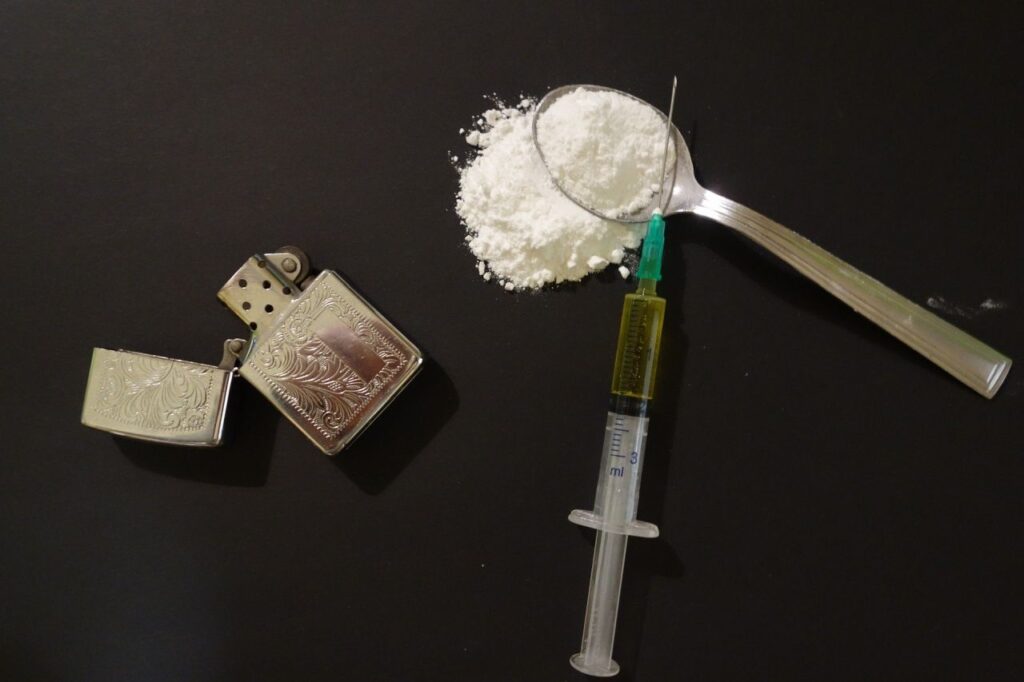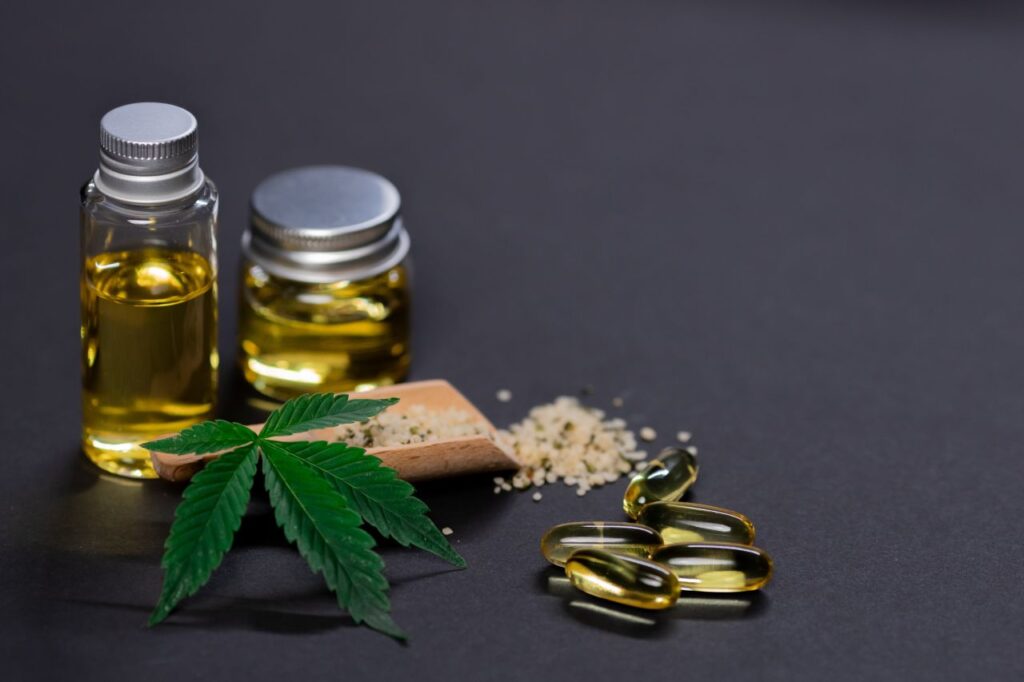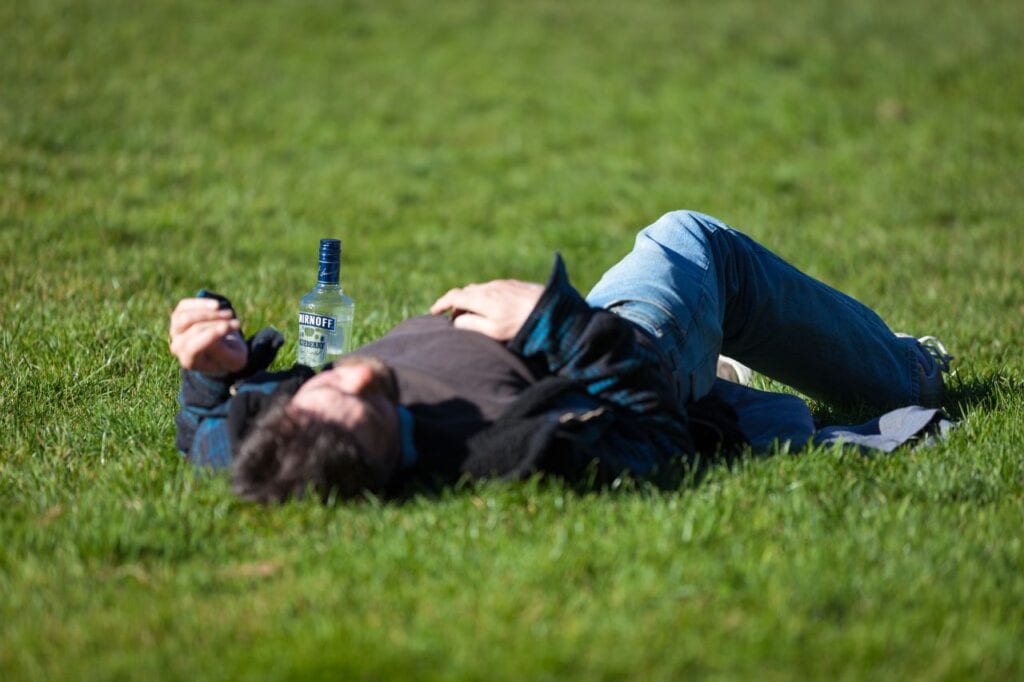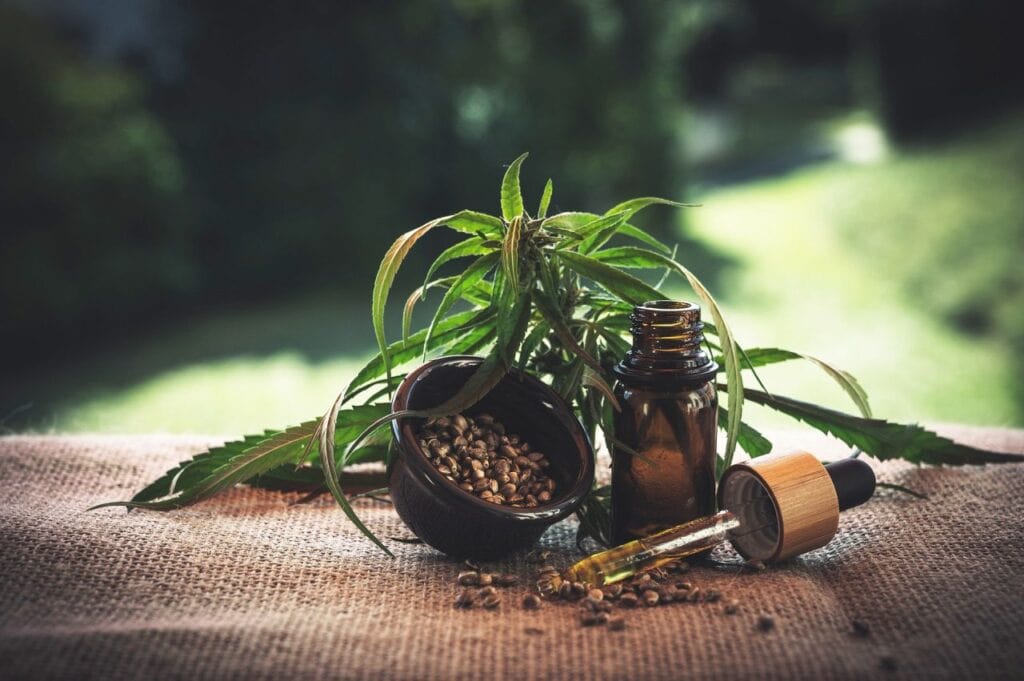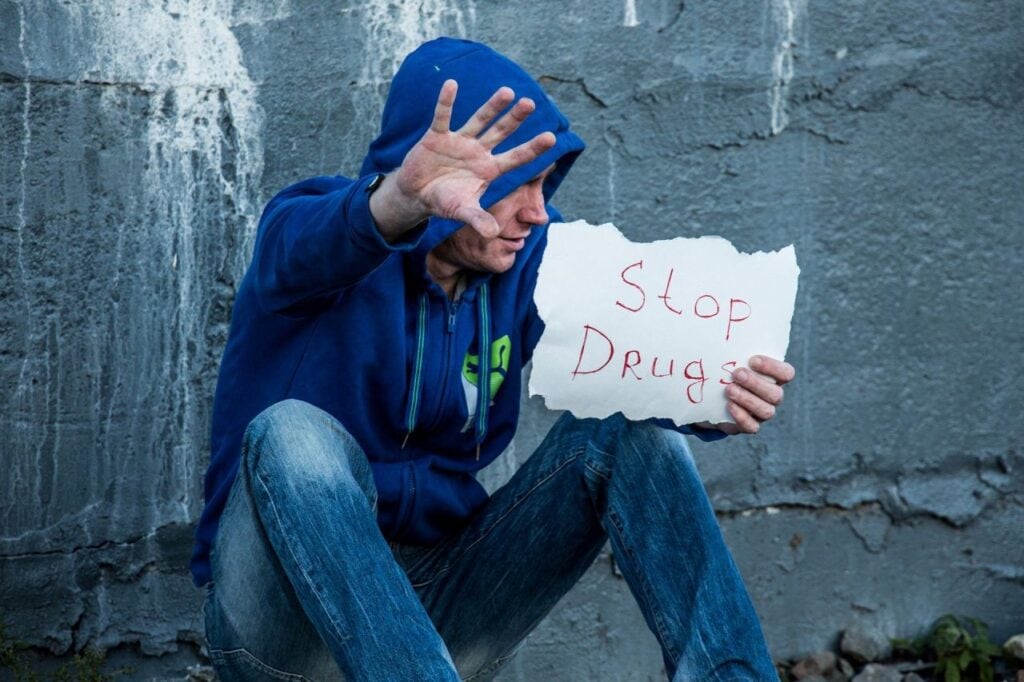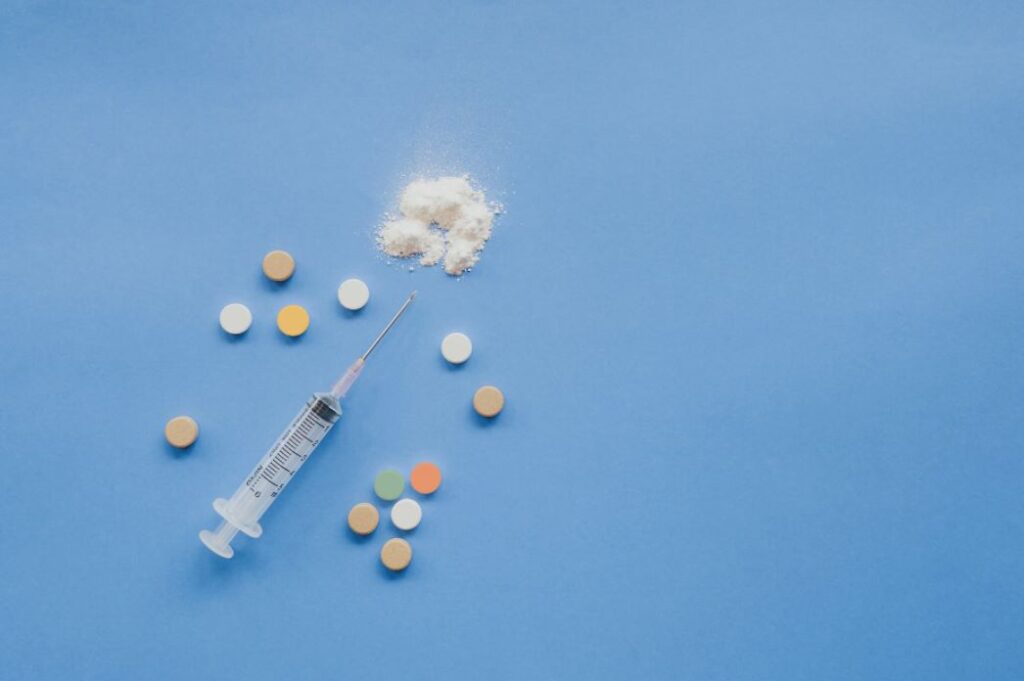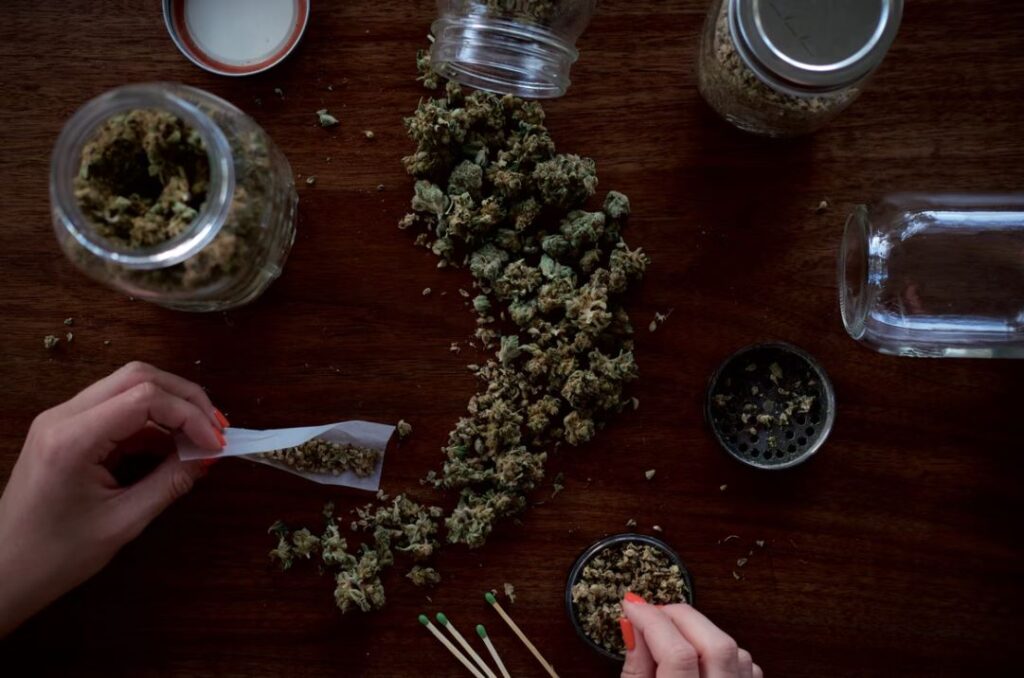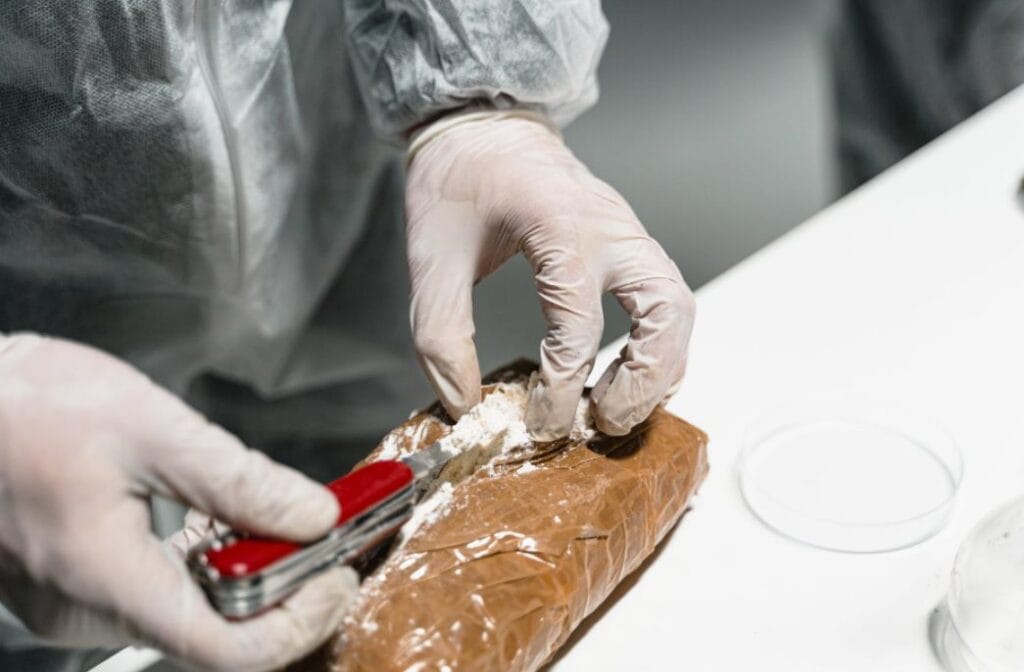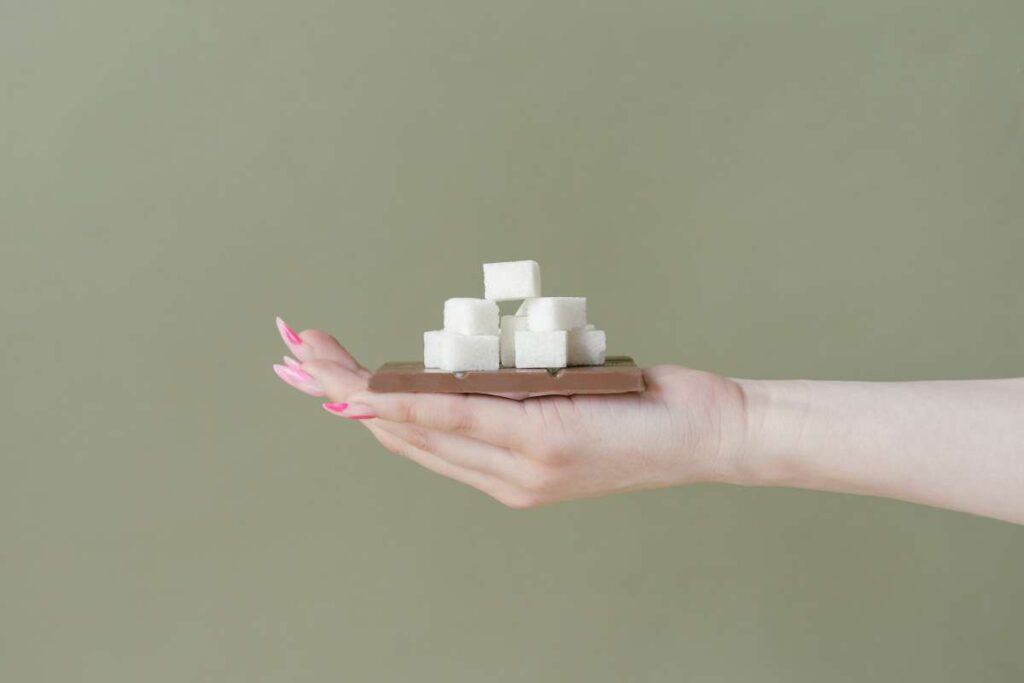Prescription drug abuse has become an epidemic in modern culture. The results of drug abuse can be devastating regardless of whether it is for recreational purposes or if doses are increased beyond what is considered safe. Problems with violence, lawbreaking, and health can all stem from drug abuse. Therefore, it is important to learn how drug addiction affects society if we are to successfully handle this problem.
Addicts are typically stigmatised and shunned by the general public because of the widespread belief that they are solely to blame for their substance misuse and that they are only causing harm to themselves. However, this narrow viewpoint on a social issue of this magnitude is deceptive.
Drug addiction is more than simply a bad habit; it's a disease that, like any other chronic illness, requires professional medical care and understanding for the patient. The effects of addiction extend well beyond the addicts themselves. Drug abuse is pervasive and certainly already a part of your life in some way, even if you aren't aware of it. There are serious consequences for the addict and for society as a whole when someone develops a drug dependency.
Substance abuse has far-reaching consequences for society, including but not limited to participation in criminal activity and the criminal justice system, victimisation, and trauma caused by traffic accidents.
The mental and physical effects of addiction are devastating, and the disease of addiction itself can cause permanent brain damage. When a person is struggling with substance addiction disorder, subtle but noticeable shifts can be seen in their behaviour, perceptions, judgement, and decision-making.
There are a number of potential entry points for drug use, including the following:
Pressure from Peers
Since the dangers of drug usage are rarely discussed, an addict may think it's okay to keep abusing them. Pressure from friends is another common motivator for drug experimentation. Coercion occurs when one person or a group of people repeatedly tries to persuade another person to take an unfavourable action. This blog post will help you make an informed decision about Rehab Treatment Melbourne fees for different treatments.
Enhance One's Performance
The use of drugs to enhance one's performance in school or on the sports field is not unthinkable. For example, a college-level track star considering doping might decide to supplement their normal training with artificial means so that they can better compete in an upcoming meet. This could have negative consequences, which is a shame.
Relieve Stress
Because of the widespread belief that drug usage results in a profound sense of well-being, it's possible that an addict's initial experimentation with substances was motivated by a desire to alleviate emotional tension. While under the influence of drugs, one experiences an immediate and overwhelming sense of pleasure, the brain is then wired to be on the lookout for more of the same high.
To Feel Better
An individual who eventually develops a dependent on drugs may have done so in an attempt to self-medicate. They may be addressing the symptoms of a separate mental disease rather than the cause of their problems. However, this might potentially complicate matters further.
Frequently Asked Questions About Drug Abuse
Long-term use of alcohol or drugs, as well as addiction to either, can have a negative impact on a person's ability to interact socially. A person who uses drugs almost certainly has relationships that are struggling as a result of their drug use, which is painful for the vast majority of people who love them.
Abuse of drugs can have negative repercussions on a person's education, including memory loss, difficulty concentrating, poor performance, and attendance at school.
A child may develop a sense of emotional and physical neglect as well as a fear of danger if they are exposed to drug use at an early age in their home. As a consequence of this, they may experience an increase in their mental and emotional instability. In addition, children can end up feeling an overwhelming amount of guilt and blame themselves for their parent's substance abuse.
Substance abuse can result in serious problems, such as poor academic performance, the loss of friends, conflicts at home, and ongoing legal issues. In addition, the use of alcohol and drugs is a leading cause of death or injury among adolescents, particularly in relation to automobile accidents, suicides, acts of violence, and drowning.
Deforestation, watershed depletion, and emissions of glasshouse gases are just some of the negative effects that drugs like these have on the environment.
The Effects Of Drug Abuse On Society
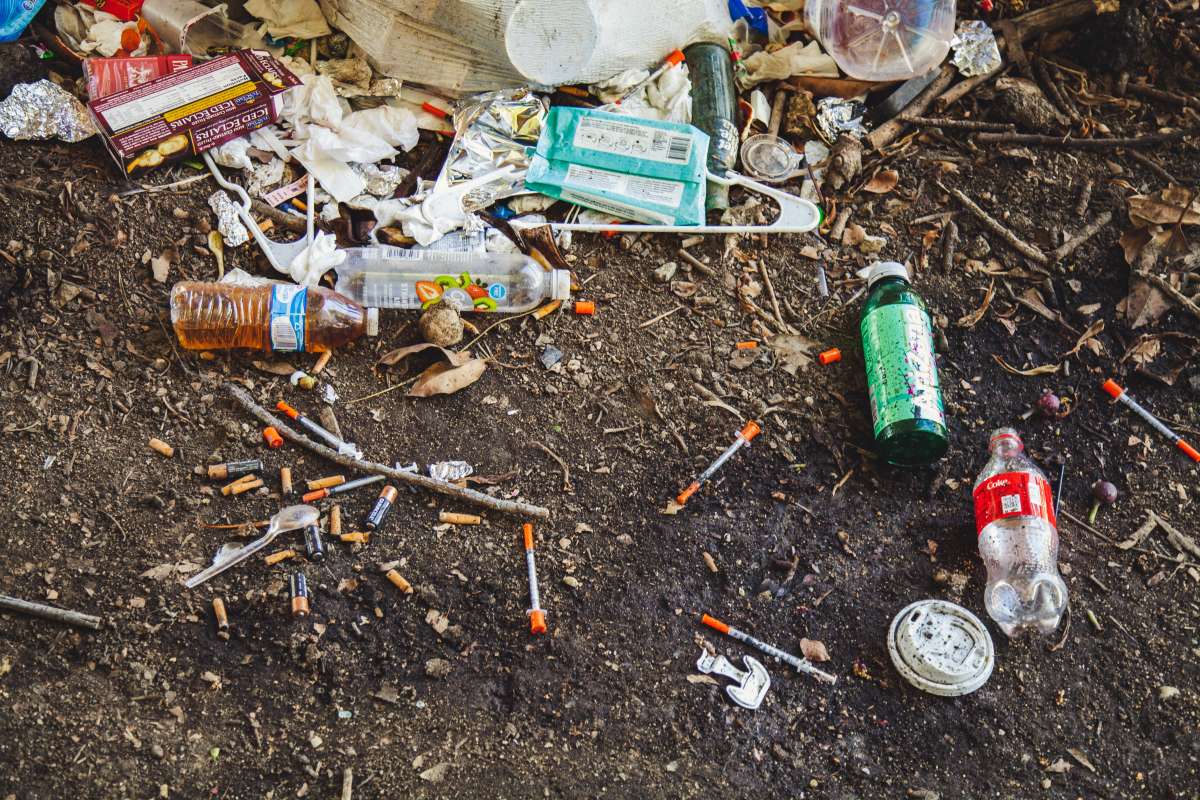
Behaviors That Put Others In Danger As Well As Illegal Acts
In addition to the fact that drug use is prohibited by law in Australia, there may be several connections between drug and alcohol usage and criminal behaviour. It's been shown that people who have taken alcohol or other drugs are more prone to engage in risky or unlawful activities like driving a car, being verbally or physically abusive to others, or even committing crimes like these. The vast majority of persons who drink or use drugs regularly, however, do not participate in unlawful or dangerous behaviour.
The National Drug Strategy Household Survey (NDSHS) released its most recent findings in 2016; these findings showed that, among people aged 14 and older:
- Nearly one-sixth of current drinkers, or 17.4 percent, have endangered themselves or others while drunk in the past year. In many cases, people engage in risky activities that lead to this behaviour.
- Lifetime and one-time drinkers both showed that low-risk drinkers were substantially less likely to engage in risky behaviours or damaging activities than high-risk drinkers.
- When compared to those who had recently taken alcohol, those who had recently used illegal drugs were more likely to participate in criminal behaviour. Nevertheless, criminality fell.
- Recent drug users (3.1% of the population) are more likely to be involved in criminal behaviour such as causing a disturbance, damaging property, or stealing (down from 5.9 percent in 2007).
- Recent drug users account for about 1% of those who have physically abused someone (down from 2.4 percent in 2007).
The distribution network for illicit narcotics is often intertwined with other criminal enterprises. Because of this, regular and injectable drug users have much higher rates of criminal activity than the overall population.
Over one-third of the people who participated in the National Ecstasy and Related Drugs Reporting System (EDRS) in 2021 said that they had engaged in some kind of illegal activity in the month leading up to the interview.
This percentage accounted for 36% of the whole. To a similar extent, 20% of those who took part in the IDRS (Illicit Drugs Reporting System) in 2021 reported engaged in illicit activities in the month before to the interview. Nearly 40% of the world's population is represented by this number.
According to both the EDRS and the IDRS, the most commonly reported illicit actions involved selling drugs for financial gain and committing property offences. While the EDRS found a decline in these behaviours between 2019 and 2020, it found an increase in 2021: the share of the population participating in the distribution of illegal narcotics increased from 20% to 23%, and the share involved in property crime increased from 15% to 18%.
Driving While Impaired By Alcohol Or Other Drugs Is A Serious Crime.
New data from the NDSHS, collected in 2016, shows that almost all recent drinkers do not operate a motor vehicle while under the influence of alcohol or drugs. Only 9.9 percent of people who had been drinking during the past 30 days said they have driven a vehicle. Recent drinkers were most at risk while doing this, followed by swimmers (6.5 percent ).
Driving was cited as the most prevalent action taken when under the influence of illegal drugs. A percentage of people who have used illegal drugs in the past year (15.1 percent) acknowledged to doing so in 2016. (a similar proportion to 2013 of 15.9 percent )
Accident risk increases when driving a car when impaired by drugs or alcohol. In 2019, 133 drivers and motorcyclists with BACs above the legal limit lost their lives, according to the Australian Road Deaths Database, which is managed by the Department of Infrastructure, Regional Development, and Cities. There were fatalities in Australia (excluding Victoria and Western Australia). In comparison to the average yearly number during 2008–2010, this was a decline of 37.9 percent.
Seventy-five percent of respondents who recently drove a car and participated in the 2017 IDRS reported doing so a median of 24 times within three hours after consuming an illicit or illegally obtained drug. Both male and female respondents shared the same result. On average, participants reported being able to drive for 30 minutes after ingesting an illegal substance. First cited in police reports was crystal methamphetamine (43%), then heroin (39%), and finally cannabis (30%). (36 percent ). Only 13% of recent drivers said they had never driven after drinking more than the legal limit.
Abuse of Alcohol and Other Drugs in the Context of Instances of Family, Domestic, And Sexual Violence
It is clear from the statistics that alcohol and drug abuse frequently precede and/or accompany incidents of domestic and/or sexual violence. According to the 2016 Personal Safety Survey, about half of women who reported having experienced male committed sexual violence in the preceding 10 years also stated believing that alcohol or another substance contributed to their encounter. The data for this result came from a survey of women who had experienced some form of physical or sexual violence (assault or threat) at the hands of a man in the previous decade.
Research from the 2019 National Drug Strategy Household Survey (NDSHS) found that 21% of Australian individuals aged 14 and above had been the victim of verbal or physical abuse or had been in fear of someone who was under the influence of alcohol. Women were more likely than males to say their abuser was a current or ex-spouse or partner, while men were more likely to say their abuser was a stranger.
See our list of available Rehabilitation Programmes to help you make an informed decision for your treatment.
A recent Australian study found that drug usage was substantially more prevalent in cases of domestic and family violence than in other forms of violent occurrences. Respondents who reported using illegal drugs in the previous year were three times more likely to report being a victim of violent crime in the same time period. There were six times as many violent events. Furthermore, the chance of injury was enhanced by a ratio of two when respondents claimed that their most recent occurrence contained drug use.
Drug Use Monitoring in Australia (DUMA) found that incarcerated people who reported being dependent on methamphetamine or cannabis were more likely to report violence towards their partners and family members. Sixty-one percent of inmates who confessed to a methamphetamine dependence also confessed to having recently demonstrated violent behaviour against a current or prior intimate partner. In comparison to the percentages indicated by inmates who stated they had used methamphetamine but were not dependent on the substance (37 percent) and inmates who said they had never used methamphetamine (100 percent), this is a considerable increase (32 percent ). Sixty-eight percent of inmates who were dependent on cannabis reported greater incidences of domestic violence, compared to 41% of inmates who had used cannabis but were not dependent on it, and 25% of inmates who had never used cannabis.
Utilization of Illicit Drugs Within Families
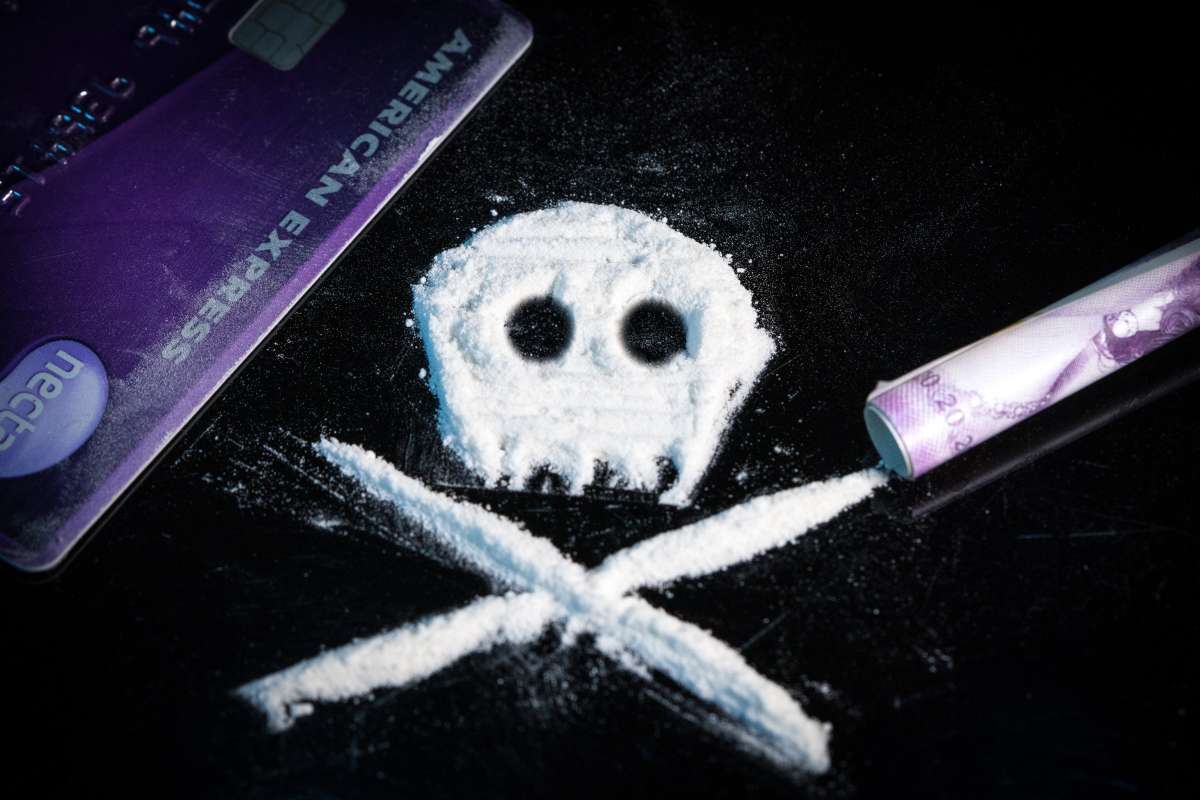
Parental drug use and parental conflict are two types of family dynamics that can increase children's vulnerability to substance abuse. In Wave 17 of the Household, Income, and Labor Dynamics in Australia (HILDA) Survey, researchers added questions about drug usage. Estimates of consumption of all illicit drugs in the previous year were included in these inquiries. Every member of the family's drug use can be examined thanks to the comprehensive data set we've compiled. So far, only the results for cannabis usage have been made public; they show that 31% of respondents whose moms reported a lifetime history of cannabis use also took an illicit drug during the preceding year. The results have only been documented for cannabis consumption. Two-and-a-half times as many as those whose mothers said there was no history of cannabis use in their families (12.7 percent ). Similarities in results were identified when comparing outcomes based on paternal cannabis use in the past.
Homicide
The Australian Institute of Criminology's (AIC) National Homicide Monitoring Program (NHMP) is in charge of compiling statistics on murders across the country. While toxicology is relied upon for victim data, criminals are evaluated by self-report or police assessment. The NHMP collects data from multiple sources on the role that alcohol and other substances played in the lives of homicide victims and perpetrators.
224 people were killed in Australia in 2018–19, as reported by the National Homicide Monitoring Program's most recent annual report. The Australian Capital Territory is not included in these totals.
In 2018-19:
- However, while the percentage of homicide victims who had used alcohol decreased from 30% in 2017-18 to 27% in 2018-19, it is still above 25%.
- About one-fifth of victims (21% in 2018) tested positive for illegal drug usage (including non-therapeutic doses of medicinal medications), down from 27% in 2017-18.
- In more over a quarter (28%) of homicide instances, offenders were found to have drunk alcohol, up from 25% in 2017-18.
- Similarly to 2017-2018, offenders who acknowledged to using illegal drugs accounted for more than one in ten (12%) of the instances (13 percent of incidents)
There were a total of 194 killings during the 2018-2019 school year, and in 194 of those cases, the offender was known to have a connection to the victim. Alcohol contributed to 5.7% of these events, while drug use was a factor in 3.1% of them. Seeking the top drug and alcohol treatment facility in the country? Refocus Rehab Melbourne might be the answer.
Victimisation
The findings from this year's NDSHS indicate that:
- One in five Australian adults aged 14 and above has been the victim of an event caused by alcohol, a number that had reduced from 30% in 2007. The actual percentage is 21 here.
- The percentage of the population who have experienced physical abuse at the hands of drunken persons has dropped dramatically from 5.9% in 2016 to 4.8% in 2017. A decline from 18.7% to 17.7% has also been seen in the percentage of those who report having experienced verbal abuse.
- In 2018, just over one in ten people (10.5%) had been the victim of an event related to illegal drugs, up from 9.2 percent in 2016.
- All groups reported substantial growth, although the male population was the primary engine of expansion.
- Verbal abuse was the most frequently reported kind of inappropriate behaviour (7.9 percent ). More people in their 50s than any other age group reported being verbally abused by someone who was under the influence of illegal drugs (increasing from 8.0 percent in 2016 to 9.8 percent in 2019).
- The largest rate of exposure to an incident caused by someone under the influence of illegal drugs was among those in their twenties (13.3%), with 2.9% of this age group reporting physical abuse and 9.8% experiencing fear.
Influence on the Productivity of the Workplace
Reduced labour participation, incarceration, untimely death, hospitalisation, and involvement in treatment programmes outside of working hours are all potential causes of lost output.
What Role Does Drug Use Play in Relationships?
Relationships with others are another area that might suffer from drug abuse. Addiction destroys a person's ability to have meaningful interactions with others in their immediate circle of influence, including friends, family, and coworkers. The addict may disappear for long stretches of time without providing a new whereabouts update. The person may also be hiding their drug use by telling untruths, which undermines their credibility. An unhealthy connection for both parties is formed when a drug user and their partner, child, or sibling become co-dependent or enable the drug user. When these relationships break down, oftentimes only professional therapy and counselling can help patch things up again.
Finally, a drug addict's sense of self-worth and value can decrease. Work performance may decrease if an addict fails to show up for work at all. As individuals become increasingly dependent on drugs to perform even the most basic of tasks, they risk losing sight of who they are and why they should bother contributing to society. They may also lose interest in the things that used to bring them joy, causing them to question their own existence. However, there are additional costs to society.
What Impact Does Drug Use Have on Communities?
The magnitude of these repercussions is mind-boggling. To give just one example, if drug-related crimes start increasing, the government will have to spend more money to pay more officers. There needs to be more staff on hand because the population now housed in correctional facilities has expanded. The courts may get clogged if there are too many drug cases, and victims (such a business that was stolen or burglarized) may be forced to pay for their own representation. Let's say there's been an increase in drug-related crime in your area. As people avoid the neighbourhood because of its negative reputation, property prices fall and sales tax revenue declines.
What Role Does Drug Use Play In The Economy?
In many cases, workplace output declines when employees are engaging in drug abuse. Intoxicated workers are more likely to make costly mistakes, to miss shifts and require the employer to pay for a temporary replacement, and to seek medical treatment that could damage the company's health insurance premiums. Furthermore, it may seem like the sky is the limit when it comes to the price tag on substance usage.
Conclusion
Addiction is a disease that, like any other chronic illness, requires professional medical care and understanding for the patient. There are serious consequences for the addict and for society as a whole when someone develops a drug dependency. This blog post will help you make an informed decision about Rehab Treatment Melbourne fees for different treatments. An addict's initial experimentation with substances may have been motivated by a desire to alleviate emotional tension. While under the influence of drugs, one experiences an overwhelming sense of pleasure.
It's been shown that people who have taken alcohol are more prone to engage in risky or unlawful activities. One-third of people who took part in the EDRS (Illicit Drugs Reporting System) in 2021 engaged in illicit activities. The most commonly reported illicit actions involved selling drugs for financial gain and committing property offences. Driving was cited as the most prevalent action taken when under the influence of illegal drugs. Drugs and alcohol abuse frequently precede and accompany incidents of domestic and/or sexual violence.
In the IDRS, participants reported being able to drive for 30 minutes after ingesting an illegal substance. Australian study found that drug usage was more prevalent in domestic and family violence than in other forms of violent occurrences. Drug Use Monitoring in Australia (DUMA) found that incarcerated people who reported being dependent on methamphetamine or cannabis were more likely to report violence. Sixty-one percent of inmates who confessed to a methamphetamine dependence also confessed to having recently demonstrated violent behaviour against a current or prior intimate partner. One in five Australian adults aged 14 and above has been the victim of an event caused by alcohol, a number that had reduced from 30% in 2007.
One-fifth of victims tested positive for illegal drug usage (including non-therapeutic doses of medicinal medications), down from 27% in 2017-18. A drug addict's sense of self-worth and value can decrease. Work performance may decrease if an addict fails to show up for work at all. The courts may get clogged if there are too many drug cases, and victims may have to pay for their own representation.
Content Summary
- Prescription drug abuse has become an epidemic in modern culture.
- The results of drug abuse can be devastating regardless of whether it is for recreational purposes or if doses are increased beyond what is considered safe.
- Therefore, it is important to learn how drug addiction affects society if we are to successfully handle this problem.
- Drug addiction is more than simply a bad habit; it's a disease that, like any other chronic illness, requires professional medical care and understanding for the patient.
- Drug abuse is pervasive and certainly already a part of your life in some way, even if you aren't aware of it.
- There are serious consequences for the addict and for society as a whole when someone develops a drug dependency.
- The mental and physical effects of addiction are devastating, and the disease of addiction itself can cause permanent brain damage.
- When a person is struggling with substance addiction disorder, subtle but noticeable shifts can be seen in their behaviour, perceptions, judgement, and decision-making.
- There are a number of potential entry points for drug use, including the following:Pressure from PeersSince the dangers of drug usage are rarely discussed, an addict may think it's okay to keep abusing them.
- This blog post will help you make an informed decision about Rehab Treatment Melbourne fees for different treatments.
- Enhance One's PerformanceThe use of drugs to enhance one's performance in school or on the sports field is not unthinkable.
- Because of the widespread belief that drug usage results in a profound sense of well-being, it's possible that an addict's initial experimentation with substances was motivated by a desire to alleviate emotional tension.
- To Feel BetterAn individual who eventually develops a dependent on drugs may have done so in an attempt to self-medicate.
- They may be addressing the symptoms of a separate mental disease rather than the cause of their problems.
- It's been shown that people who have taken alcohol or other drugs are more prone to engage in risky or unlawful activities like driving a car, being verbally or physically abusive to others, or even committing crimes like these.
- The vast majority of persons who drink or use drugs regularly, however, do not participate in unlawful or dangerous behaviour.
- When compared to those who had recently taken alcohol, those who had recently used illegal drugs were more likely to participate in criminal behaviour.
- Recent drug users (3.1% of the population) are more likely to be involved in criminal behaviour such as causing a disturbance, damaging property, or stealing (down from 5.9 percent in 2007).Recent drug users account for about 1% of those who have physically abused someone (down from 2.4 percent in 2007).The distribution network for illicit narcotics is often intertwined with other criminal enterprises.
- Over one-third of the people who participated in the National Ecstasy and Related Drugs Reporting System (EDRS) in 2021 said that they had engaged in some kind of illegal activity in the month leading up to the interview.
- To a similar extent, 20% of those who took part in the IDRS (Illicit Drugs Reporting System) in 2021 reported engaged in illicit activities in the month before to the interview.
- Nearly 40% of the world's population is represented by this number.
- According to both the EDRS and the IDRS, the most commonly reported illicit actions involved selling drugs for financial gain and committing property offences.
- While the EDRS found a decline in these behaviours between 2019 and 2020, it found an increase in 2021: the share of the population participating in the distribution of illegal narcotics increased from 20% to 23%, and the share involved in property crime increased from 15% to 18%.Driving While Impaired By Alcohol Or Other Drugs Is A Serious Crime.
- New data from the NDSHS, collected in 2016, shows that almost all recent drinkers do not operate a motor vehicle while under the influence of alcohol or drugs.
- Only 9.9 percent of people who had been drinking during the past 30 days said they have driven a vehicle.
- Recent drinkers were most at risk while doing this, followed by swimmers (6.5 percent).Driving was cited as the most prevalent action taken when under the influence of illegal drugs.
- A percentage of people who have used illegal drugs in the past year (15.1 percent) acknowledged to doing so in 2016. (
- In 2019, 133 drivers and motorcyclists with BACs above the legal limit lost their lives, according to the Australian Road Deaths Database, which is managed by the Department of Infrastructure, Regional Development, and Cities.
- Seventy-five percent of respondents who recently drove a car and participated in the 2017 IDRS reported doing so a median of 24 times within three hours after consuming an illicit or illegally obtained drug.
- On average, participants reported being able to drive for 30 minutes after ingesting an illegal substance.
- Only 13% of recent drivers said they had never driven after drinking more than the legal limit.
- Abuse of Alcohol and Other Drugs in the Context of Instances of Family, Domestic, And Sexual Violence It is clear from the statistics that alcohol and drug abuse frequently precede and/or accompany incidents of domestic and/or sexual violence.
- A recent Australian study found that drug usage was substantially more prevalent in cases of domestic and family violence than in other forms of violent occurrences.
- Respondents who reported using illegal drugs in the previous year were three times more likely to report being a victim of violent crime in the same time period.
- Drug Use Monitoring in Australia (DUMA) found that incarcerated people who reported being dependent on methamphetamine or cannabis were more likely to report violence towards their partners and family members.
- Sixty-one percent of inmates who confessed to a methamphetamine dependence also confessed to having recently demonstrated violent behaviour against a current or prior intimate partner.
- Sixty-eight percent of inmates who were dependent on cannabis reported greater incidences of domestic violence, compared to 41% of inmates who had used cannabis but were not dependent on it, and 25% of inmates who had never used cannabis.
- Utilization of Illicit Drugs Within FamiliesParental drug use and parental conflict are two types of family dynamics that can increase children's vulnerability to substance abuse.
- In Wave 17 of the Household, Income, and Labor Dynamics in Australia (HILDA) Survey, researchers added questions about drug usage.
- Estimates of consumption of all illicit drugs in the previous year were included in these inquiries.
- So far, only the results for cannabis usage have been made public; they show that 31% of respondents whose moms reported a lifetime history of cannabis use also took an illicit drug during the preceding year.
- The results have only been documented for cannabis consumption.
- Two-and-a-half times as many as those whose mothers said there was no history of cannabis use in their families (12.7 percent).
- The NHMP collects data from multiple sources on the role that alcohol and other substances played in the lives of homicide victims and perpetrators.224 people were killed in Australia in 2018–19, as reported by the National Homicide Monitoring Program's most recent annual report.
- However, while the percentage of homicide victims who had used alcohol decreased from 30% in 2017-18 to 27% in 2018-19, it is still above 25%.About one-fifth of victims (21% in 2018) tested positive for illegal drug usage (including non-therapeutic doses of medicinal medications), down from 27% in 2017-18.In more over a quarter (28%) of homicide instances, offenders were found to have drunk alcohol, up from 25% in 2017-18.Similarly to 2017-2018, offenders who acknowledged to using illegal drugs accounted for more than one in ten (12%) of the instances (13 percent of incidents)There were a total of 194 killings during the 2018-2019 school year, and in 194 of those cases, the offender was known to have a connection to the victim.
- Seeking the top drug and alcohol treatment facility in the country?
- VictimisationThe findings from this year's NDSHS indicate that:One in five Australian adults aged 14 and above has been the victim of an event caused by alcohol, a number that had reduced from 30% in 2007.
- The percentage of the population who have experienced physical abuse at the hands of drunken persons has dropped dramatically from 5.9% in 2016 to 4.8% in 2017.
- In 2018, just over one in ten people (10.5%) had been the victim of an event related to illegal drugs, up from 9.2 percent in 2016.All groups reported substantial growth, although the male population was the primary engine of expansion.
- Verbal abuse was the most frequently reported kind of inappropriate behaviour (7.9 percent).
- More people in their 50s than any other age group reported being verbally abused by someone who was under the influence of illegal drugs (increasing from 8.0 percent in 2016 to 9.8 percent in 2019).The largest rate of exposure to an incident caused by someone under the influence of illegal drugs was among those in their twenties (13.3%), with 2.9% of this age group reporting physical abuse and 9.8% experiencing fear.
- What Role Does Drug Use Play in Relationships?Relationships with others are another area that might suffer from drug abuse.
- Addiction destroys a person's ability to have meaningful interactions with others in their immediate circle of influence, including friends, family, and coworkers.
- Finally, a drug addict's sense of self-worth and value can decrease.
- However, there are additional costs to society.
- To give just one example, if drug-related crimes start increasing, the government will have to spend more money to pay more officers.
- Let's say there's been an increase in drug-related crime in your area.
- What Role Does Drug Use Play In The Economy?In many cases, workplace output declines when employees are engaging in drug abuse.
